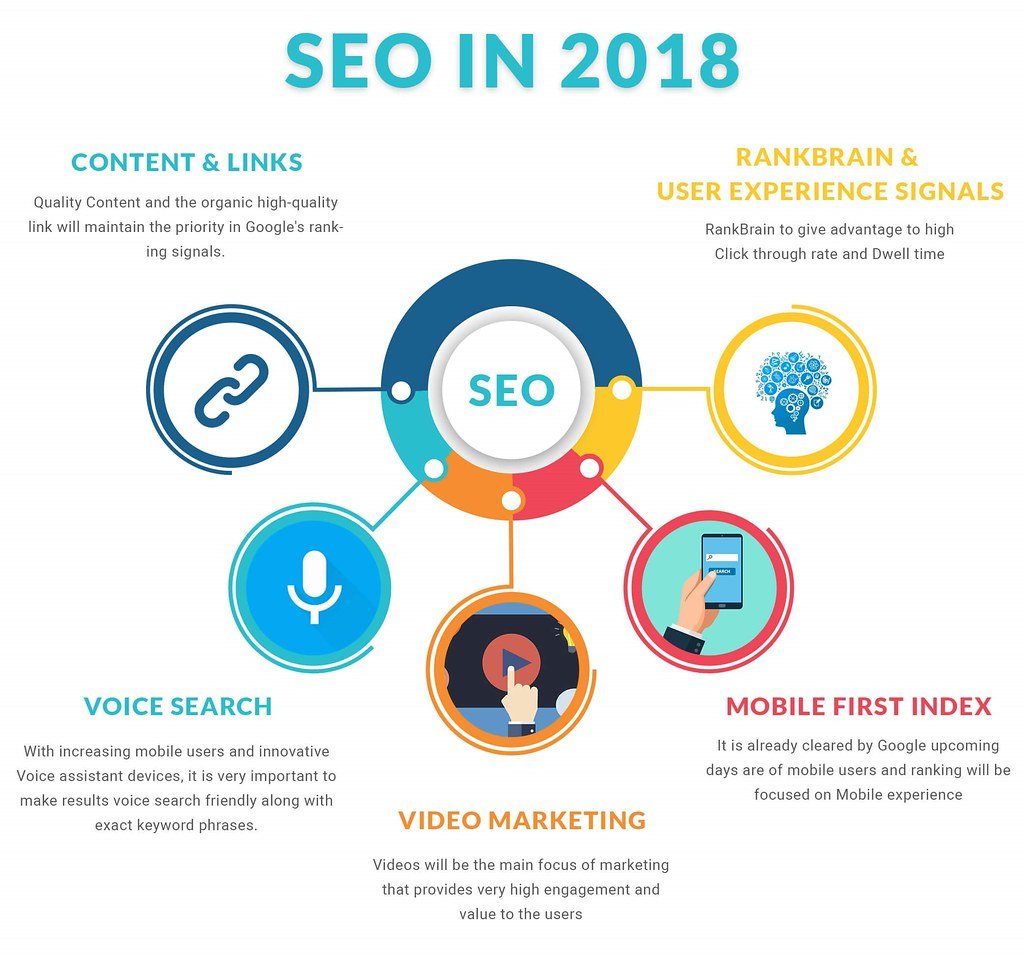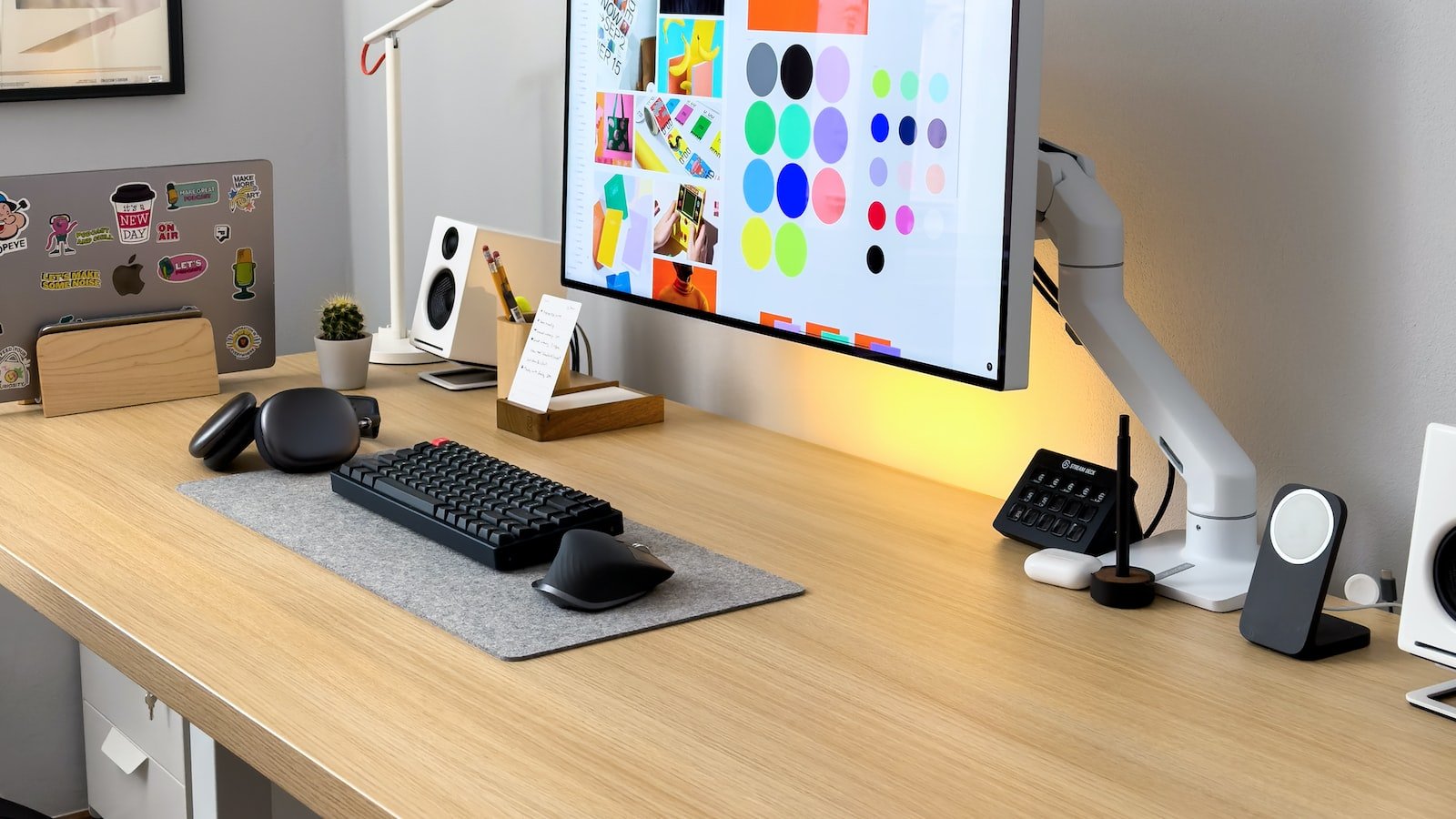Have you ever wondered why some websites effortlessly captivate our attention, leading us down a seamless path towards conversion, while others leave us feeling frustrated and clicking that dreaded back button? The answer lies in the power of user experience design. Welcome to a world where success is just a few clicks away, where every element on a website has the potential to convert visitors into loyal customers. In this article, we delve into the intriguing realm of UX design and explore how it can navigate your website towards resounding success. Brace yourself for an enchanting journey where creativity meets functionality, and where the art of design holds the key to unlocking the full potential of your digital presence. 

rn rnrnDesign plays a crucial role in determining the success of a website, and one of the most important aspects to consider is the user experience (UX). Enhancing user experience is not just about making a website visually appealing, but it also involves creating a seamless and intuitive journey for visitors. When users find a website easy to navigate and interact with, it increases the chances of converting them into customers or taking desired actions.rn
rnrnDesign plays a crucial role in determining the success of a website, and one of the most important aspects to consider is the user experience (UX). Enhancing user experience is not just about making a website visually appealing, but it also involves creating a seamless and intuitive journey for visitors. When users find a website easy to navigate and interact with, it increases the chances of converting them into customers or taking desired actions.rn rnrnTo optimize conversions, it is essential to implement effective design strategies. One such strategy is to create clear and persuasive call-to-action buttons that stand out on the page. These buttons should be strategically placed where users are likely to notice them, such as at the end of an engaging blog post or on the product page. Additionally, leveraging the power of storytelling through engaging visuals and compelling copy can captivate users and motivate them to take the desired action. Web designers can also enhance conversion rates by incorporating social proof elements, such as customer testimonials or user ratings, that build trust and credibility.rnrnUnderstanding user behavior is a key factor in boosting conversions. By analyzing user data and uncovering insights, designers can gain valuable information about how visitors interact with the site. This data can help identify pain points, user preferences, and barriers to conversions. With this knowledge, designers can make informed decisions that improve the user experience and eliminate any obstacles that may hinder conversions. Conducting user testing and relying on heatmaps and analytics tools can provide designers with invaluable insights into user behavior, allowing them to make data-driven design choices.rnrnCrafting seamless user journeys is essential for achieving UX success. A well-designed website ensures that users can effortlessly navigate through different pages or sections, making their journey smooth and enjoyable. To achieve this, designers should focus on creating intuitive navigation menus, making it easy for visitors to find what they are looking for. They should also prioritize mobile responsiveness since an increasing number of users access websites via their smartphones. By implementing responsive design, designers can ensure that all users, regardless of the device they use, have a consistent and enjoyable experience.rnrnIn conclusion, designing with a focus on user experience is crucial for optimizing website conversions. By enhancing the user journey through effective design strategies, understanding user behavior, and crafting seamless experiences, web designers can significantly improve conversion rates. So, if you want to achieve success in your online business, start by investing in UX and watch your conversions soar!rnrn
rnrnTo optimize conversions, it is essential to implement effective design strategies. One such strategy is to create clear and persuasive call-to-action buttons that stand out on the page. These buttons should be strategically placed where users are likely to notice them, such as at the end of an engaging blog post or on the product page. Additionally, leveraging the power of storytelling through engaging visuals and compelling copy can captivate users and motivate them to take the desired action. Web designers can also enhance conversion rates by incorporating social proof elements, such as customer testimonials or user ratings, that build trust and credibility.rnrnUnderstanding user behavior is a key factor in boosting conversions. By analyzing user data and uncovering insights, designers can gain valuable information about how visitors interact with the site. This data can help identify pain points, user preferences, and barriers to conversions. With this knowledge, designers can make informed decisions that improve the user experience and eliminate any obstacles that may hinder conversions. Conducting user testing and relying on heatmaps and analytics tools can provide designers with invaluable insights into user behavior, allowing them to make data-driven design choices.rnrnCrafting seamless user journeys is essential for achieving UX success. A well-designed website ensures that users can effortlessly navigate through different pages or sections, making their journey smooth and enjoyable. To achieve this, designers should focus on creating intuitive navigation menus, making it easy for visitors to find what they are looking for. They should also prioritize mobile responsiveness since an increasing number of users access websites via their smartphones. By implementing responsive design, designers can ensure that all users, regardless of the device they use, have a consistent and enjoyable experience.rnrnIn conclusion, designing with a focus on user experience is crucial for optimizing website conversions. By enhancing the user journey through effective design strategies, understanding user behavior, and crafting seamless experiences, web designers can significantly improve conversion rates. So, if you want to achieve success in your online business, start by investing in UX and watch your conversions soar!rnrn
Q&A
Q: What is UX and why is it important for website conversions?
A: User Experience (UX) refers to the overall experience a visitor has while interacting with a website. It encompasses the ease of navigation, visual appeal, and how enjoyable the website is to use. UX plays a crucial role in website conversions as it directly influences user satisfaction and their likelihood of completing desired actions, such as making a purchase or submitting a form.
Q: How does a well-designed user interface contribute to website conversions?
A: A well-designed user interface (UI) enhances the overall UX and significantly impacts website conversions. A visually appealing and intuitive UI helps visitors quickly find what they’re looking for, minimizing confusion and frustration. When users easily navigate through a website, their trust and confidence in the brand increases, ultimately leading to higher conversion rates.
Q: What are some key UX elements every website should prioritize?
A: Prioritizing essential UX elements is essential for achieving website success. These include clear and concise navigation menus, fast page loading times, responsive design for mobile devices, user-friendly forms, intuitive search functionality, and consistent branding across all pages. By focusing on these elements, businesses can create a seamless and enjoyable user experience that positively impacts website conversions.
Q: How can a website owner optimize their website’s UX for better conversions?
A: Website owners can optimize their website’s UX by conducting thorough research to understand their target audience’s needs and preferences. By using tools like heat maps, usability testing, and analyzing user feedback, they can identify areas that need improvement. Implementing these insights into the design and structure of the website, removing any unnecessary clutter, and providing clear calls-to-action can significantly improve the overall UX and subsequently boost website conversions.
Q: Is UX only crucial for e-commerce websites, or does it apply to other types of websites as well?
A: While UX is undeniably crucial for e-commerce websites, it extends far beyond just online stores. Whether it’s a blog, information website, or service-based platform, every website benefits from a well-designed user experience. Regardless of the website’s purpose, a positive UX encourages visitors to return, stay longer, and engage more, leading to better conversions, higher user satisfaction, and increased success.
Q: Are there any common UX mistakes that website owners should avoid?
A: Website owners should be aware of some common UX mistakes that may harm conversions. These include designing overly complex navigation, cluttered layouts with excessive information, slow-loading pages, intrusive pop-ups, unresponsive design that doesn’t adapt to different devices, and poor readability due to small font sizes or low contrast. By avoiding these pitfalls, website owners can ensure a smooth user experience that maximizes conversions.
Q: How can businesses gauge the success of their website’s UX?
A: Businesses can gauge the success of their website’s UX through various metrics, including bounce rate, session duration, conversion rate, and engagement metrics like page views and average time on page. Analytics tools, such as Google Analytics, provide valuable insights into user behavior and allow businesses to measure the impact of their UX efforts. Regularly monitoring these metrics and making informed adjustments based on the data can lead to continuous improvement and increased website conversions.
Q: Can investing in UX design be costly for small businesses?
A: While investing in UX design can require resources, it doesn’t have to be prohibitively expensive for small businesses. Many cost-effective tools and resources are available to assist in enhancing UX, such as pre-designed templates, user research platforms, and design collaboration tools. Additionally, focusing on a few key UX elements that align with the target audience’s needs and budget priorities can still yield significant improvements in website conversions without breaking the bank. In conclusion, the power of UX design in determining website conversions cannot be underestimated. By crafting an enticing visual experience and implementing seamless functionality, businesses can pave their way to success. It is through thoughtful design that websites can transcend their ordinary purpose and become immersive, engaging platforms that captivate users and drive action.
Remember, in the ever-evolving digital landscape, the user is king. Putting their needs at the forefront of the design process is the key to unlocking higher conversion rates and maximizing business potential. Investing in UX design not only enhances the user experience but also strengthens brand loyalty, fosters trust, and ultimately leads to increased conversions.
So whether you’re a seasoned designer or just embarking on your UX journey, take this opportunity to harness the immense potential of design and seize the chance to elevate your website’s conversions. By blending creative innovation and user-centric thinking, you have the ability to shape the user’s path towards success.
In a world where a user’s attention span is fleeting, it is essential to grab hold of every opportunity to leave a lasting impact. Let your design be the vehicle that propels your website towards success – a success measured not only in conversions but also in the invaluable connections forged between your brand and its users.
So, with an unwavering commitment to exceptional user experiences, let your design be the catalyst for unparalleled success. Embrace the power of UX design, and embark on a transformative journey where conversions soar, and your website becomes a flourishing entity in the digital realm. The path to success is intricately woven with pixels and code – it’s time to design your way to triumph!

